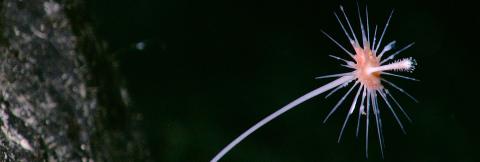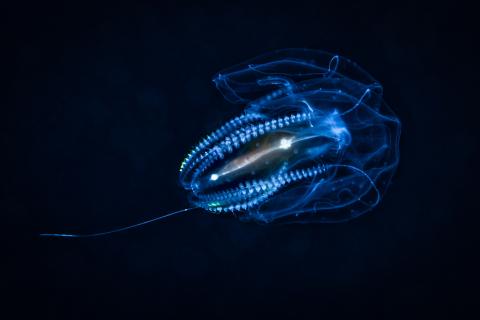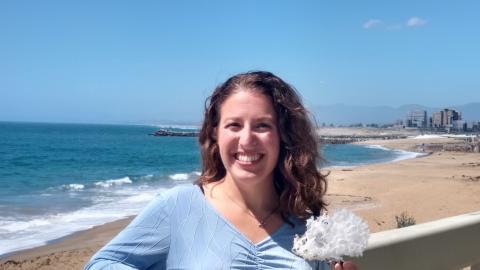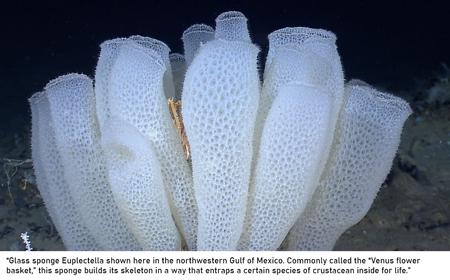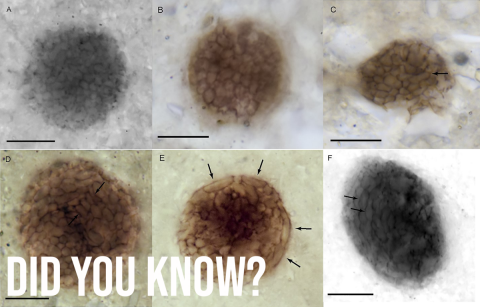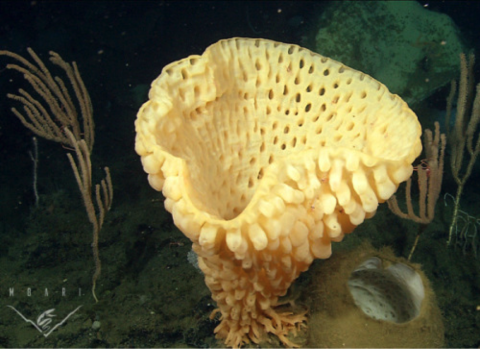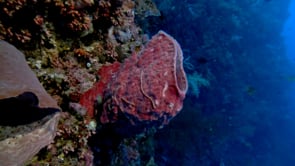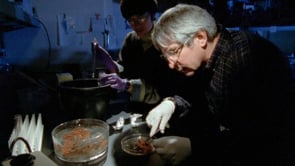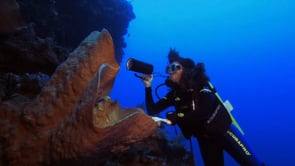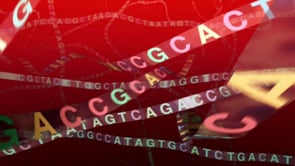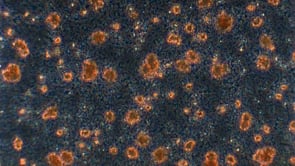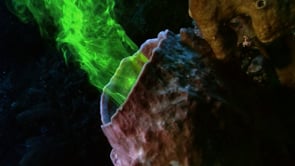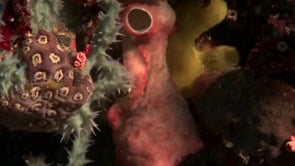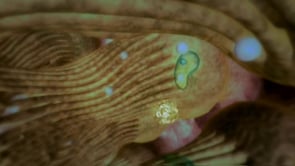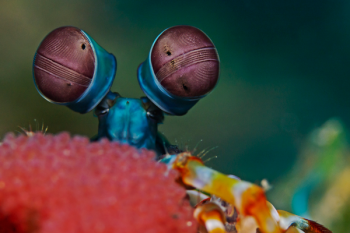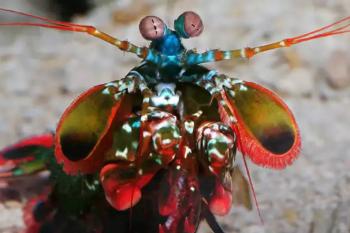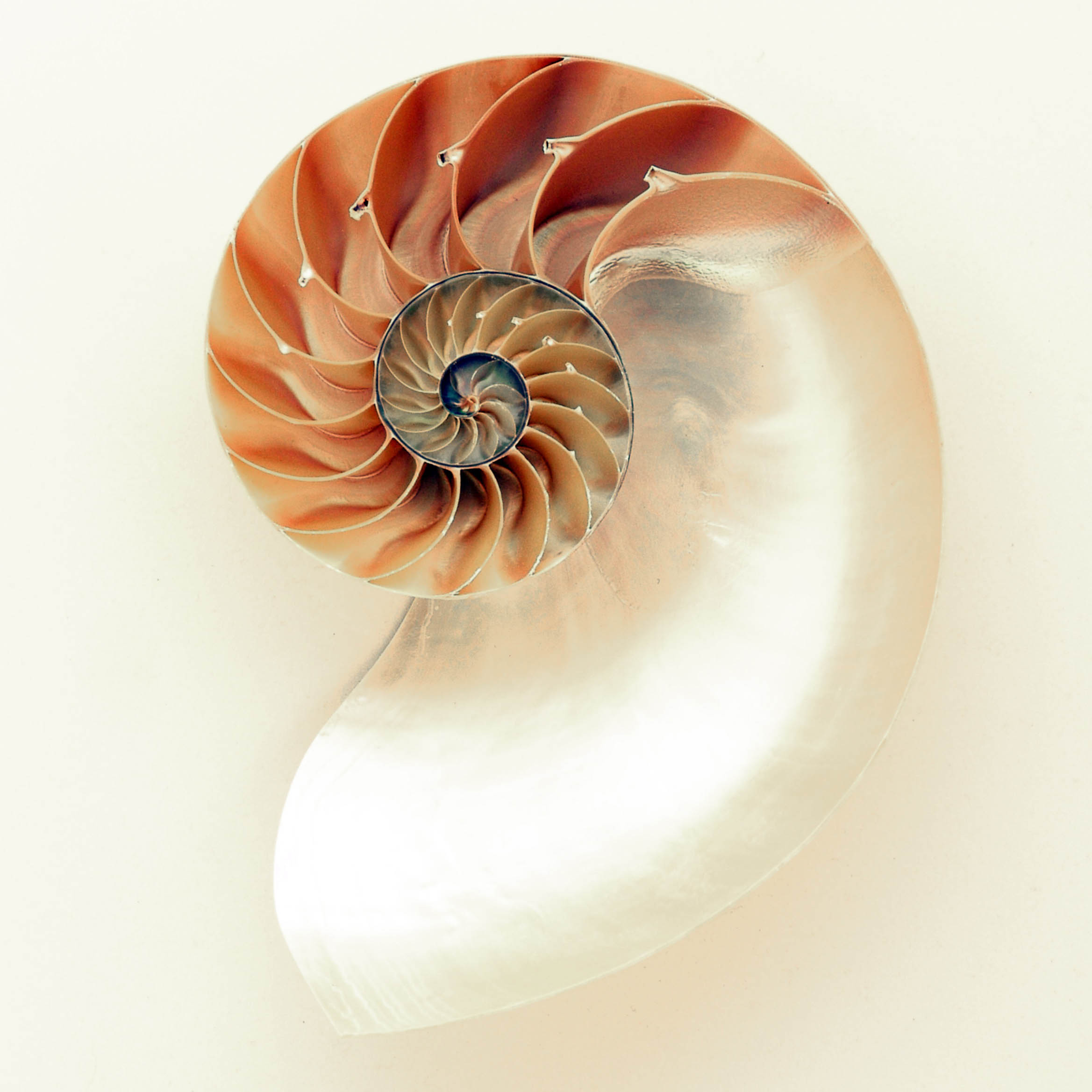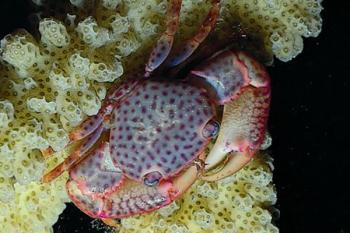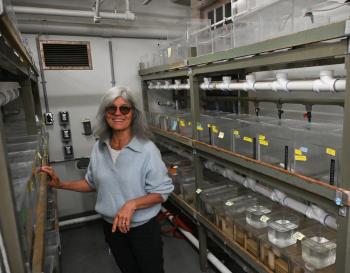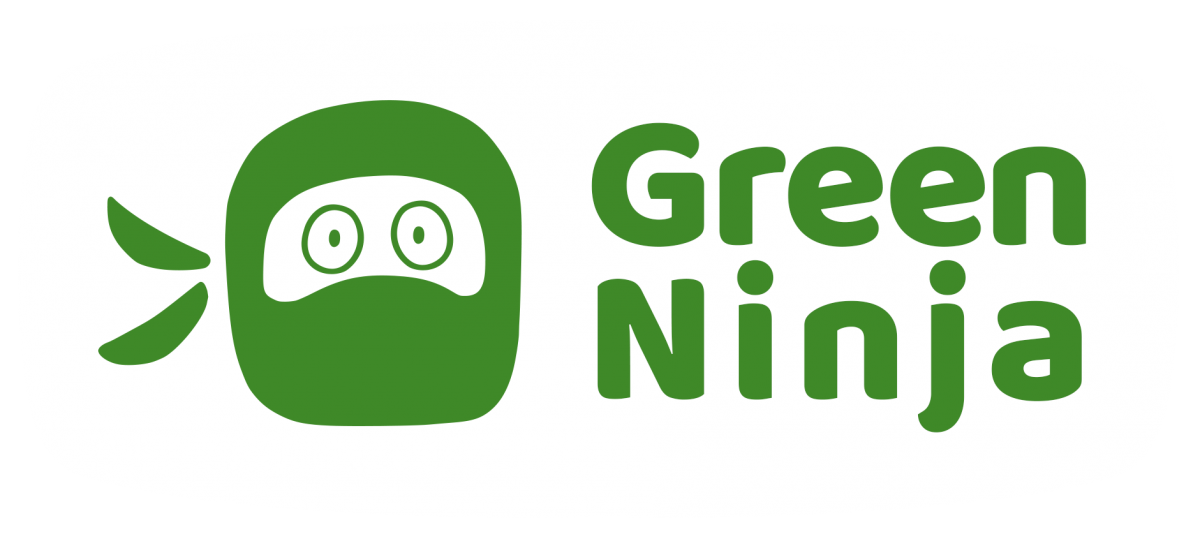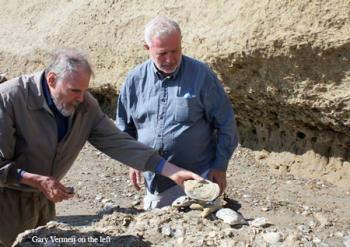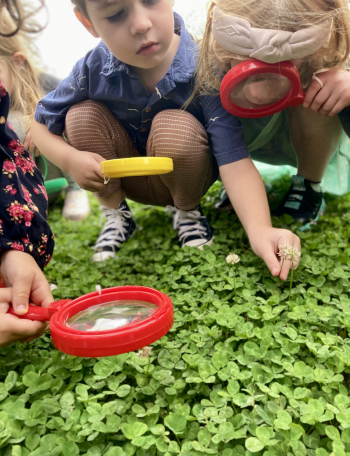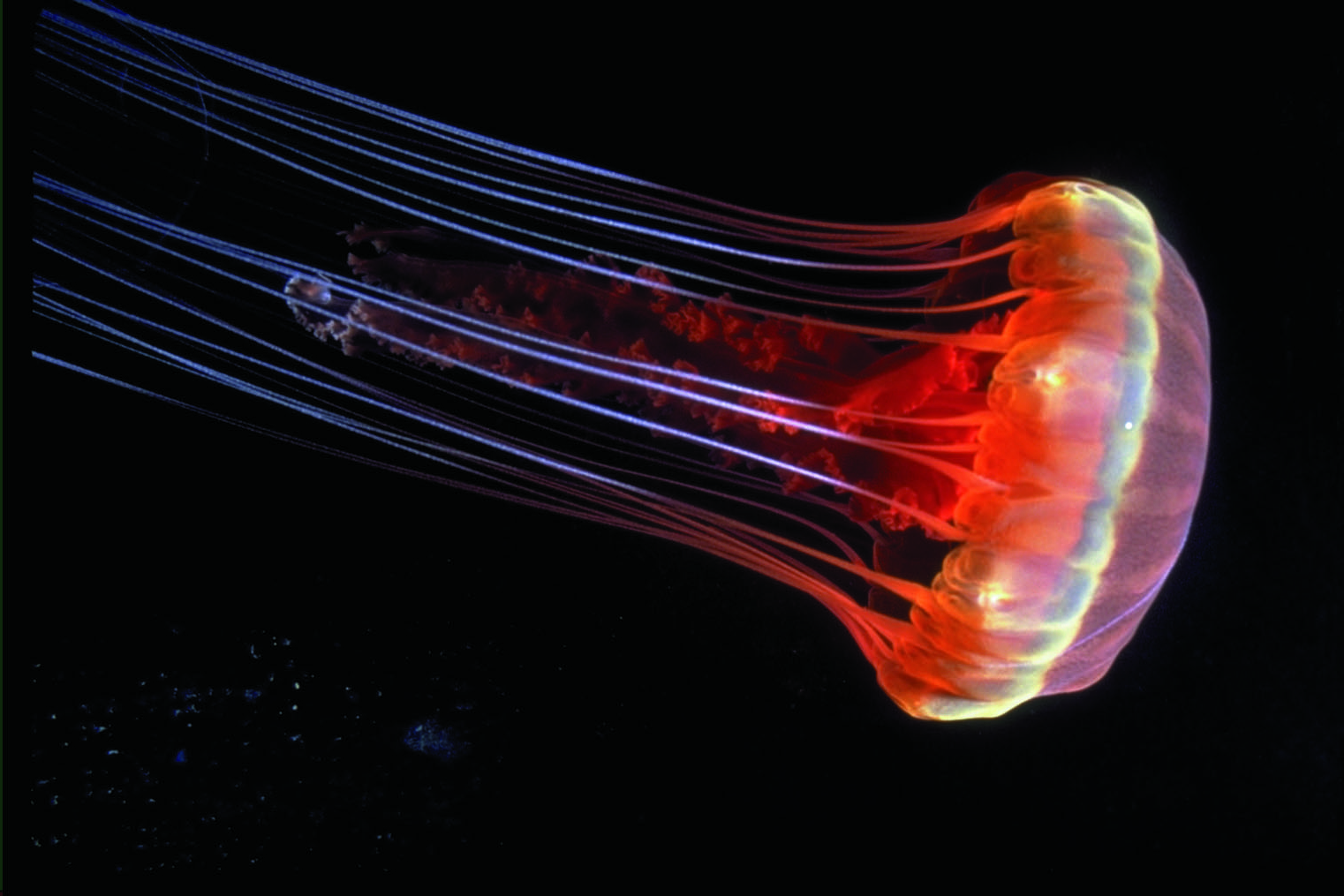

Phyla
Sponges
Associated Shape of Life Content
Sponges: Heroes of Coral Reefs
As sponges filter huge amounts of seawater, they and their symbionts process and release carbon, nitrogen and phosphorus, contributing to nutrient cycling on coral reefs.
Spectacular Simple Sponges
Students explore unique sponge adaptations through short Shape of Life videos and student-centered activities.
Sponges are Deep
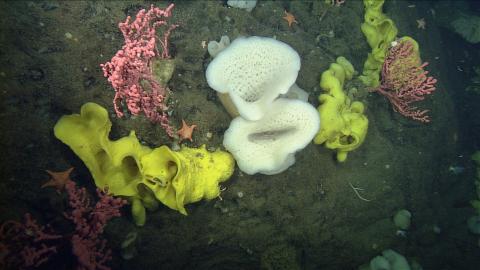
Sponges Origins: Questions
There are three separate lessons here based upon questions.
- A list of questions about the characteristics of sponges to use after viewing the video Sponges: Origins.
- A Shape of Life: Sponges worksheet. Students make sketches and write short answers to questions about the amazing world of sponges. This was created by Rachel Miller from Science from Scratch.
- A Powerpoint with questions to use while watching the video Sponges: Origins.
Sponges Questions
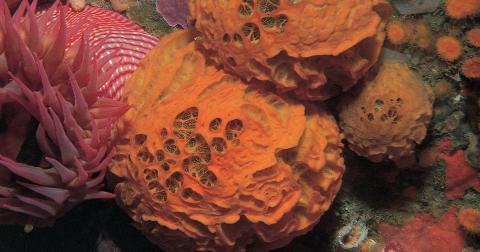
What Is An Animal
In this lesson students discuss the definition of an animal. What characteristics do all animals have in common? To introduce the subject the teacher gives a brief discussion of the
five kingdoms (see reference below). What evidence is needed to decide that an organism is an animal? Students watch the video Sponges: Origins and reconsider the definition of an animal.
Sponges: Animal Eve, Where Do Organisms Come From?
I'm obsessed with learning where we came from. And what I mean by that is not who your mother and father are, or your grandparents, but rather where do the organisms come from that gave rise to complex animals like us.
Sponges: The Trailblazers
Scientists believe sponges are the oldest animal phylum. They first appeared about 600 million years ago.
Who Was Animal Eve?
In this lesson students make a guess as to what was the first animal. The class watches the Sponge video from the shapeoflife.org and writes down what evidence they saw that sponges were the first animals. Then the class discusses what evidence they need to figure out what might have been the first animal. They watch the scientist video “Mitchell Sogin, Evolutionary Biologist: Proof of the First Animal” and write down the evidence that is presented for the sponge being the first animal.
Sponges and Paleontology
Multicellularity evolved in animals, starting with the sponge, and also evolved independently in other groups. “Simple multicellularity has evolved numerous times within the Eukarya, but complex multicellular organisms belong to only six clades: animals, land plants, some red algae, laminarialean brown algae, and two groups of fungi.
Sponges and Human Interactions
Biomimicry
Strong, but flexible sponges inspire new materials. Scientists created their own spicules, imitating the support structure of sponges: "Inspired by Deep Sea Sponges: Creating Flexible Minerals".
Sponges and Climate
These sponges may benefit from increasing ocean acidification. Boring sponges – “boring” means excavating – break down and recycle the calcium carbonate of the reefs. These sponges play a key role in that recycling. And with increasing ocean acidification the calcium carbonate on the reef will be easier for the boring sponge to excavate.
Glass sponge reefs may be suffering. Watch the video below about long-term research on glass sponges.
Sponges' Role in Ecosystem
The mystery of how coral reefs thrive in "ocean deserts" has been solved, scientists say in "Sponges help coral reefs thrive in ocean deserts". You can also download a pdf of this on-line article.
General Information about Sponges
Read ORIGINS Animal Eve Sponges from the Shape of Life book.
This is a good overview of sponges: Ocean Animals - Sponges. Here is a description of sponges with illustrations: Sponges - The Simplest Animals.
Biomimicry
Nature has inspired inventions since the first humans tried to make things. Biomimicry is the practice of looking to nature to help solve design problems. Today scientists and engineers are finding inspiration from animals and plants that may surprise you.
Medicines from Sponges
We have so many drugs to help with our aches and pains and illnesses. Where did those drugs come from? Until recently, most of our early drugs were derived from plants. When scientists search for possible useful products from plants, animals and microorganisms it’s called bioprospecting. In recent decades, marine scientists have been looking at natural compounds from the immense diversity of marine animals as a source of potential new medicines.
By Nancy Burnett and Natasha Fraley
What Came First-- Sponges or Ctenophores?
By Natasha Fraley At Shape of Life, we present sponges as the first animals. But recently several scientists make a case for ctenophores (common name comb jelly) being the first animal. As of today scientists still don’t agree on the issue. This is an example of “science in action” where new research and technologies call into question long held science. This is basically how science works. The evolving nature of science will have a major influence on science teaching in the classroom.
Barrel Sponge
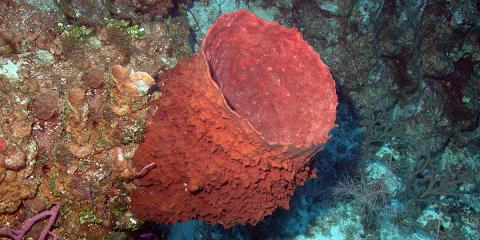
Carnivorous Sponges
